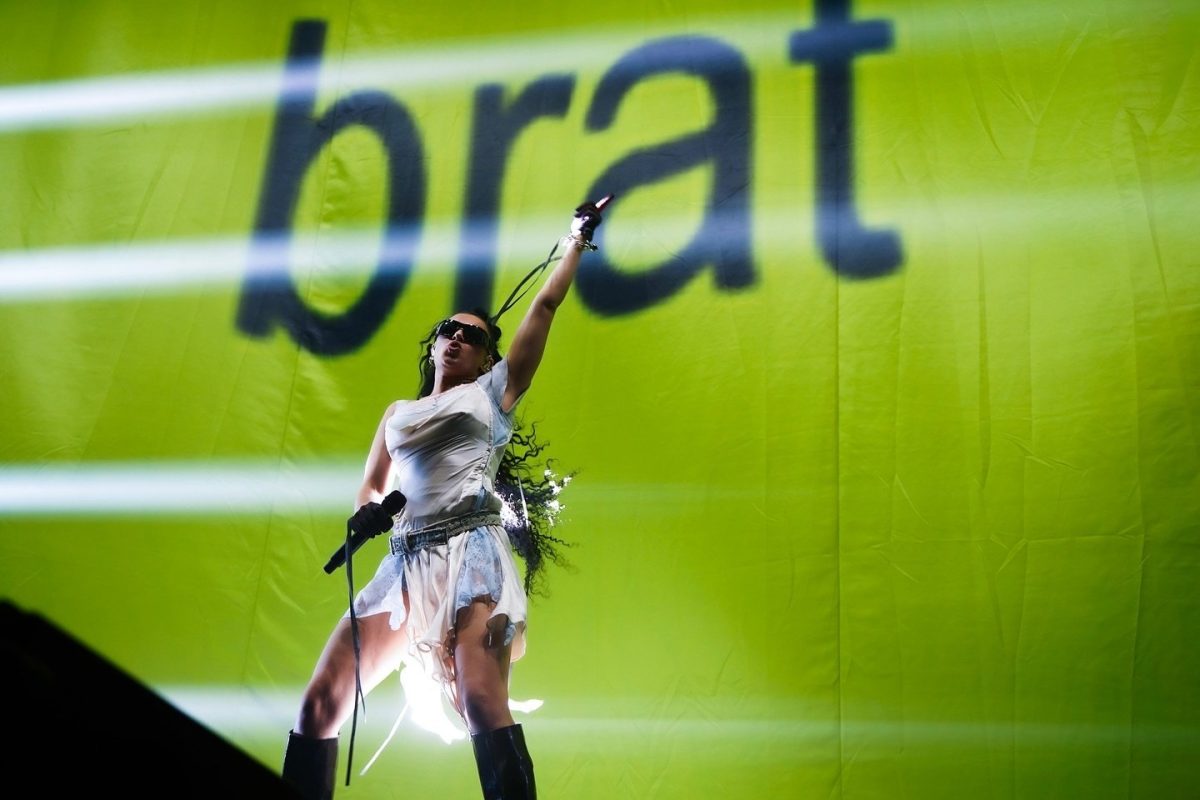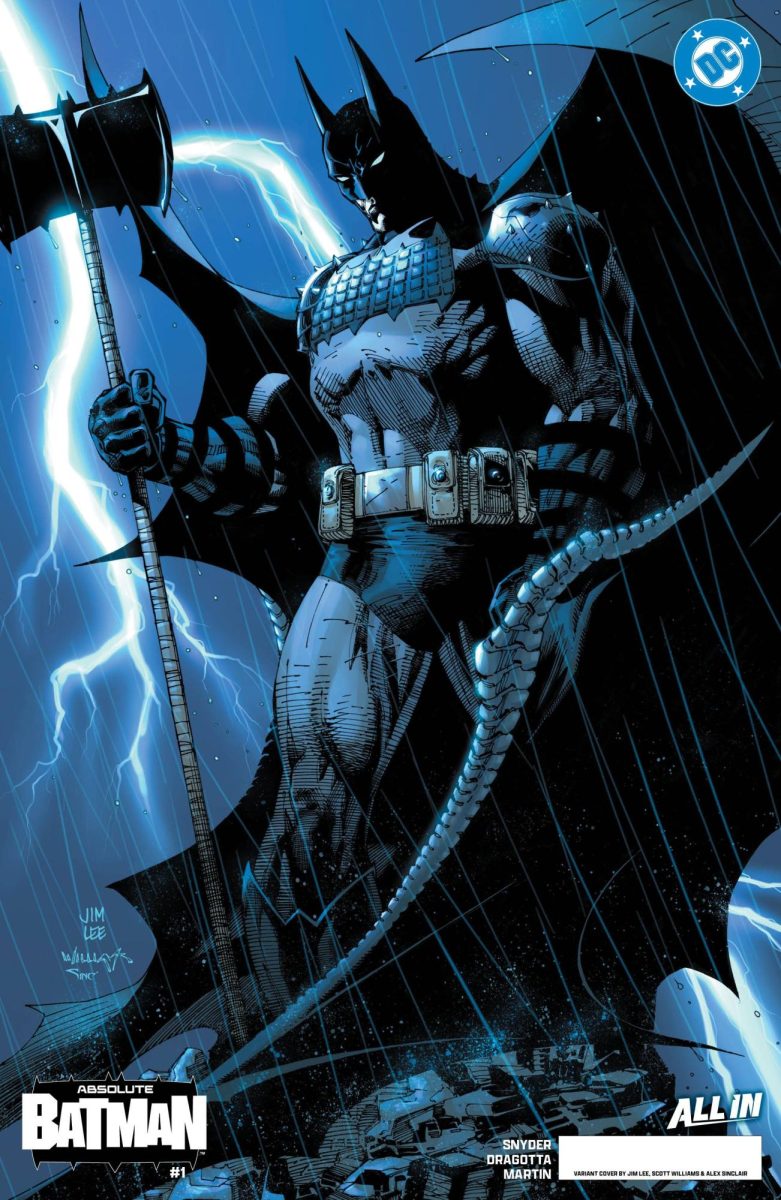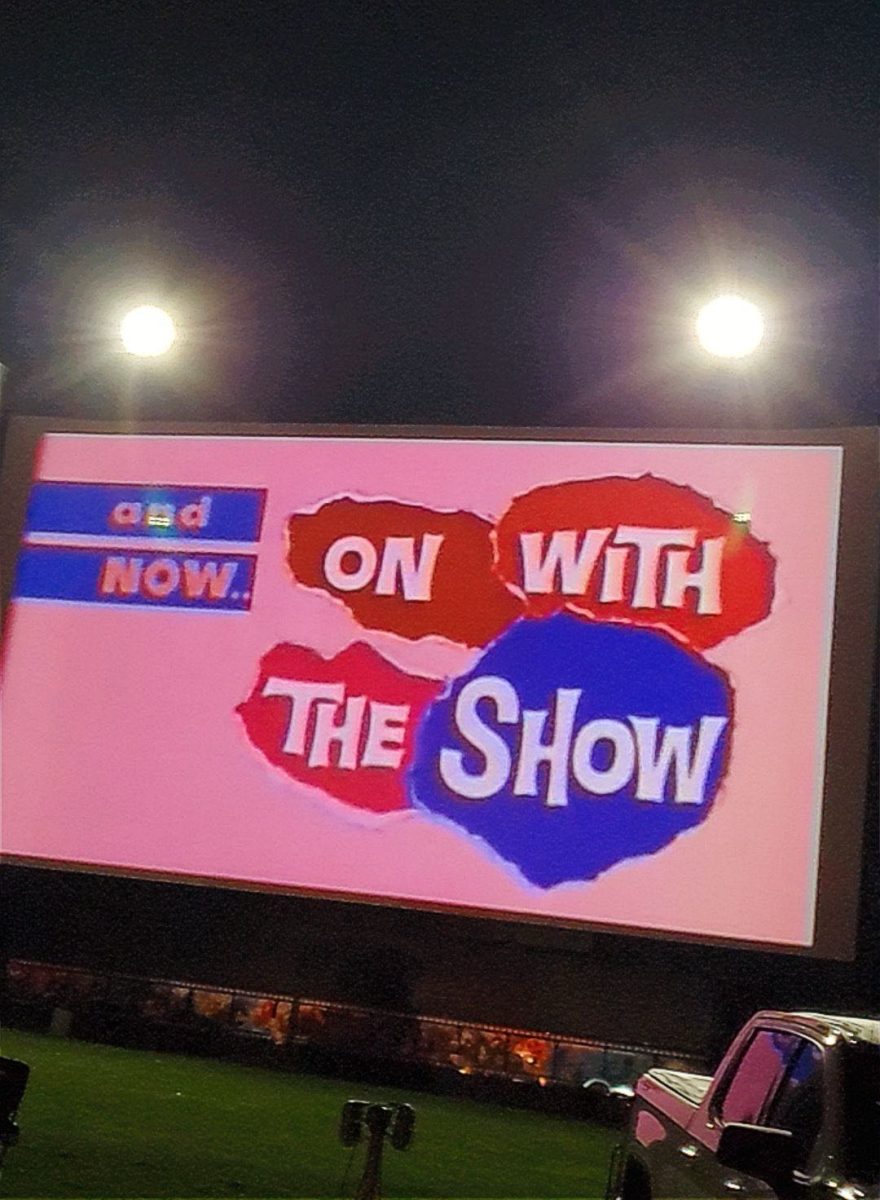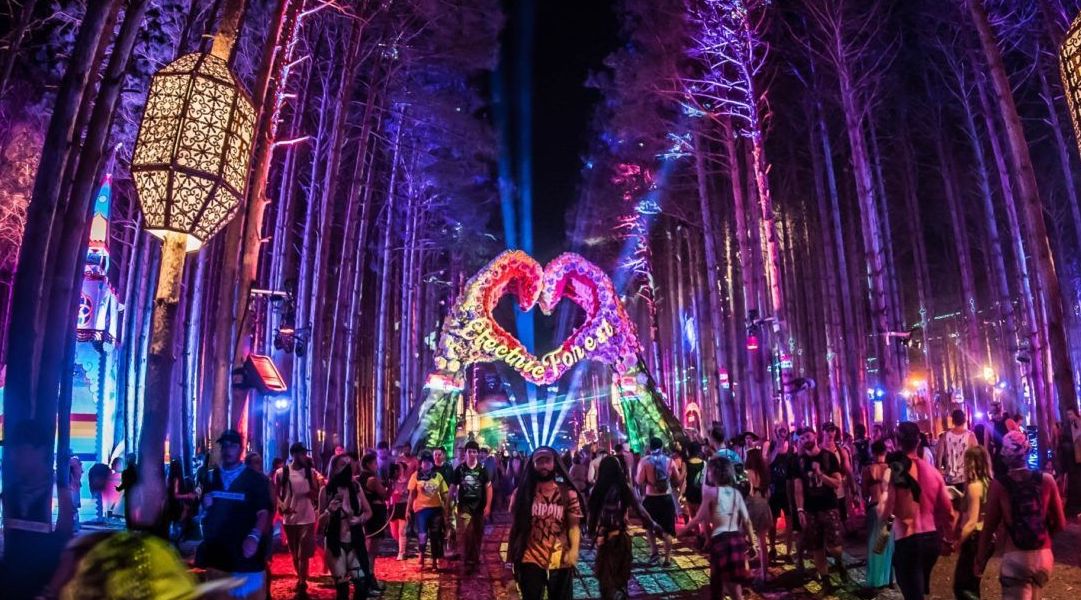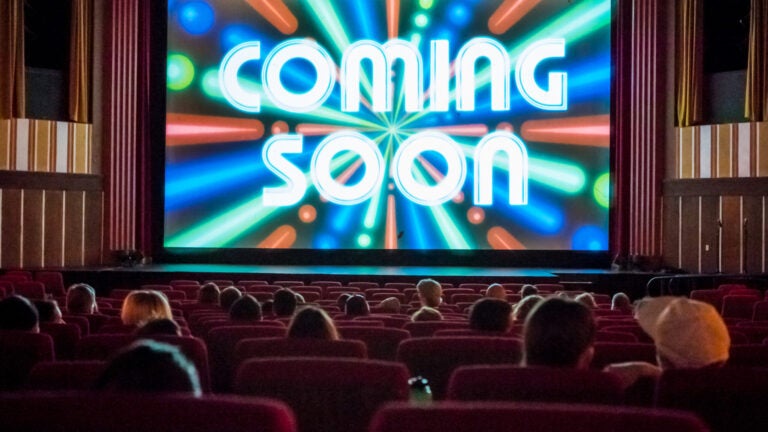The year of 2025 has been a continuous flurry of media outlets spewing out the latest tragedies, exhausting us all. Logging onto the internet every day is a gamble – we could be faced with news pages that post headlines are meant to scare us, or an onslaught of targeted advertisements that infect our experience online. This viral commodification of our media can be seen outside of the scope of the internet as well – it seems as if our music has become a commercialized mass of “vibes” and attention-grabbing lyrics, leaving very little room to develop our own taste beyond what is being fed to us.
Pop (being short for “popular”) has historically been the most widely appreciated and approachable genre of music since the birth of radio. Pop music has been crafted very deliberately in order to stay relevant – it changes with the cultural zeitgeist that many of us remain oblivious to.
It is quite interesting the way that pop culture informs what music becomes popular, and vice versa. For instance, in the balmy summer of 2024, electro-pop dance anthems dominated the charts. Long-standing acts like Charli xcx seemingly blew up overnight due to the release of her hit album “Brat.” Charlotte Aitchison (Charli xcx’s name after she wipes the dust from her nose), was popular amongst a predominantly queer cult following on Tumblr since the early 2010s, with her experimental sound and chameleon-like approach to music.
Aitchison harkens her success to the queer folks who stood by her during the early years of her career, stating in a 2021 interview with Tony Lee that “generally, the queer community just has, like, better taste.” Aitchison remains a popular figurehead in the queer zeitgeist.
If we, as consumers, take a step back in time to 2024, the pop-culture landscape was shifting in some drastic ways, particularly with a large chunk of Gen Z burgeoning into their adulthood. A cynical “you-only-live-once” attitude was peeking through the cloudy childhood haze that was quickly being abandoned in favor of drugs and spending money on expensive concerts. Gen Z has become infamous of their disillusionment with the world, and this shows through their blasé attitude towards consumption.
When “Brat” came out, party and rave culture skyrocketed in popularity. With songs like “365” opening the floodgates of curiosity towards cocaine with lyrics like: “Should we do a little key? Should we have a little line?” While there is nothing wrong with the love of night life, the commercialization of queer-adjacent club culture into the mainstream palate is a concerning phenomenon.
The ways of the nightlife have been synonymous with queerness for a long time, with poppers and vodka cranberries being important staples to the gay community. There is safety within the walls of nightclubs tucked away into the corners of small towns for many queers. While gay nightclubs are still popular around the country, there are only 36 lesbian bars in the entirety of the United States according to The Lesbian Bar Project. It seems that pop culture is absorbing the only parts of queer culture that are marketable for a mass audience, and pushing the rest to the wayside, effectively erasing it to the mass public.
Despite the lack of physical safe havens for lesbians and other sapphics, there is a glimmer of hope in pop music, with acts like Billie Eilish and Chappell Roan releasing chart-toppers specifically about lesbian sex, with Eilish’s “LUNCH,” and Roan’s “The Giver.” This is the first time that any sapphic music has topped the charts in music history.
Although pop music is continuously changing, the marginalized groups that make it popular remain steadfast. It is important to investigate the history of our pop music, as many subcultures and people groups can be lost through the cracks. Explore the rich history of our pop music — Viva!

